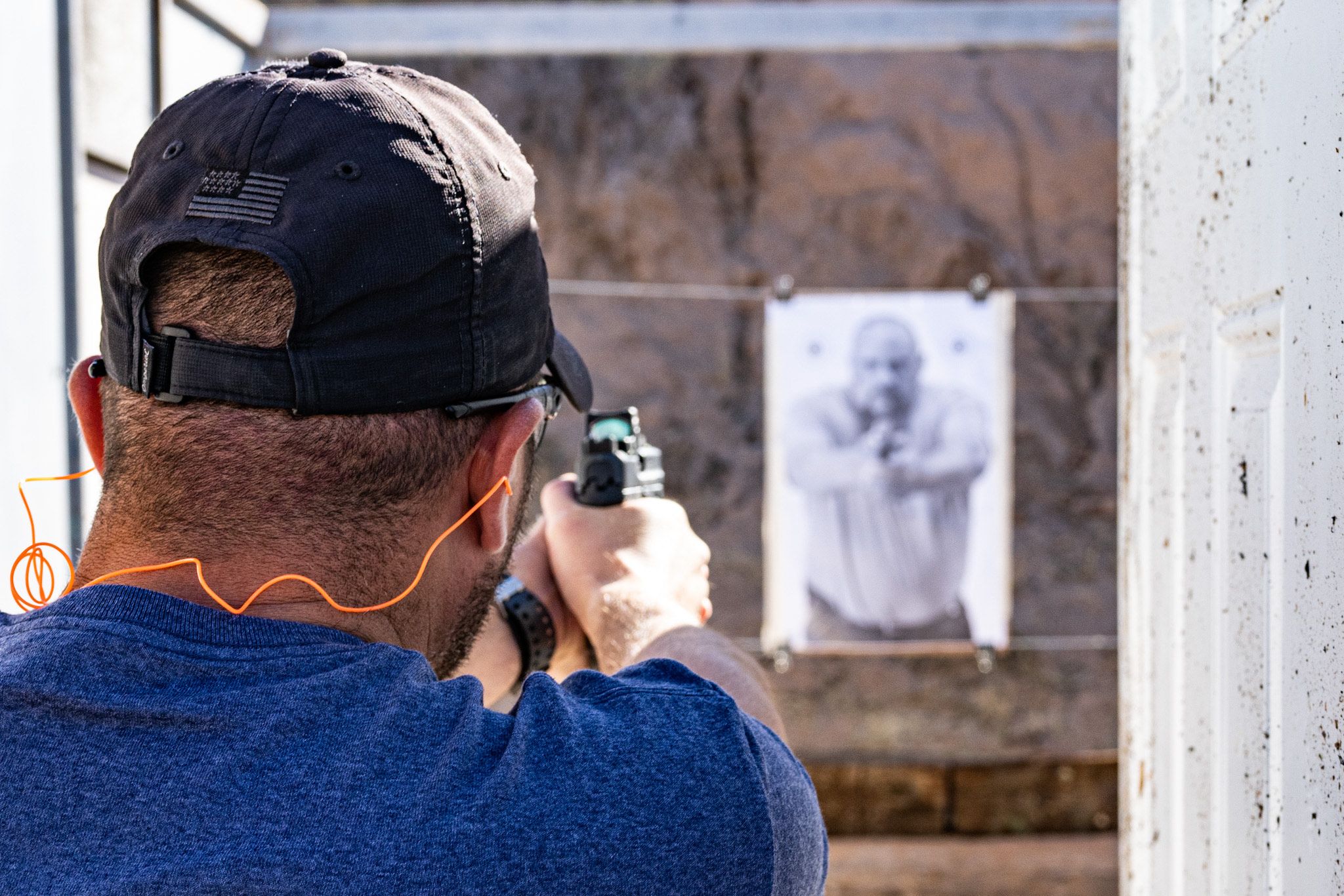EPISODE 131
Ending the Threat, Reasonably

Sometimes bad training passes down information that might once have been good, but garbles it. Take “Shooting to Stop the Threat”…please. This episode sees Mike and Jim discuss the nuances of using lethal force to reasonably end the capacity of an assailant to harm you. What exactly is incapacitation? What’s the difference between “shoot to kill” and to “stop”? Is intent magical? Listen to find out.
Incapacitating a threat by means of lethal force requires certain factors to be met in order to be considered reasonable, and it’s not a blank check. In the laws of war, there’s a difference between sailors boarding a small boat from a sinking ship because they’re out of the fight and marines climbing into small landing craft to get into the fight. In civilian self defense, each shot needs to be defensible, and that means reasonably explainable.
Like what we’re doing? Head over to Patreon and give us a buck for each new episode. You can also make a one-time contribution at GoFundMe.
Intro music credit Bensound.com
CLICK BELOW TO SUBSCRIBE NOW ON YOUR FAVORITE PLAYER
THANK YOU TO OUR SPONSORS! PLEASE GO CHECK THEM OUT
Recent Episodes
It’s Chess AND Checkers–Tactics and Strategy Unite!
Why do we focus so much on tactics and so little on strategy? In this episode, Mike and Jim tackle the divide between street-level action and big-picture thinking. Drawing on lessons from policing, the military, and community crime prevention, they explore how individual cops, community members, and leaders can influence criminal decision-making—not just react to it.
Topics include resource constraints, the Broken Windows theory, and strategies for shifting offender perceptions to prevent crime before it occurs.
Hazing vs. Hardening: Building Strong Teams Without Breaking People
Hazing, or just holding the new guy to a high standard? That line matters—and we’re walking it in this episode. Mike and Jim break down where real team-building ends and toxic tradition begins. We’re talking SWAT school, academy culture, leadership, and how to onboard new teammates without wrecking morale. This one’s about building teams that are tough, smart, and built to last.













